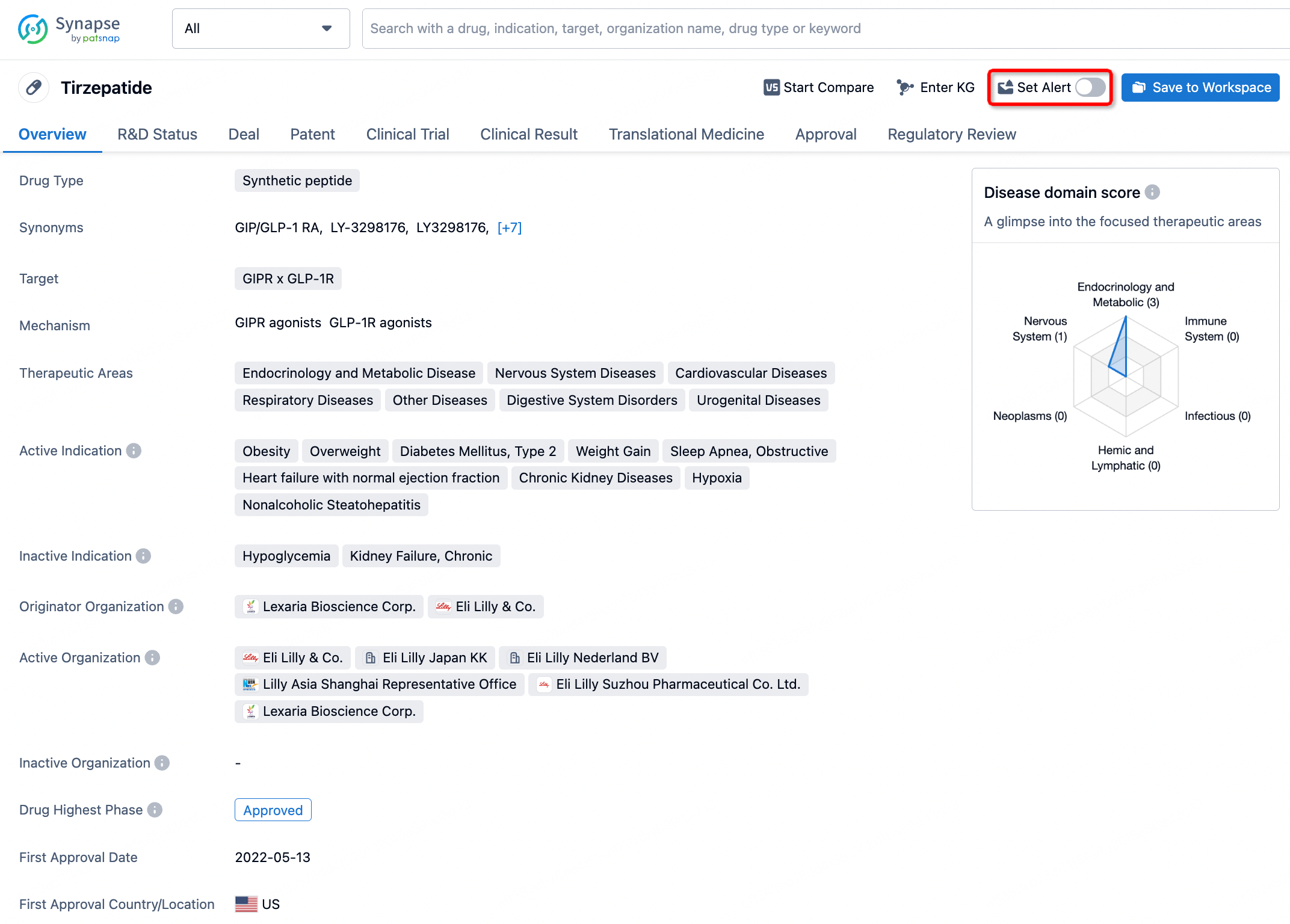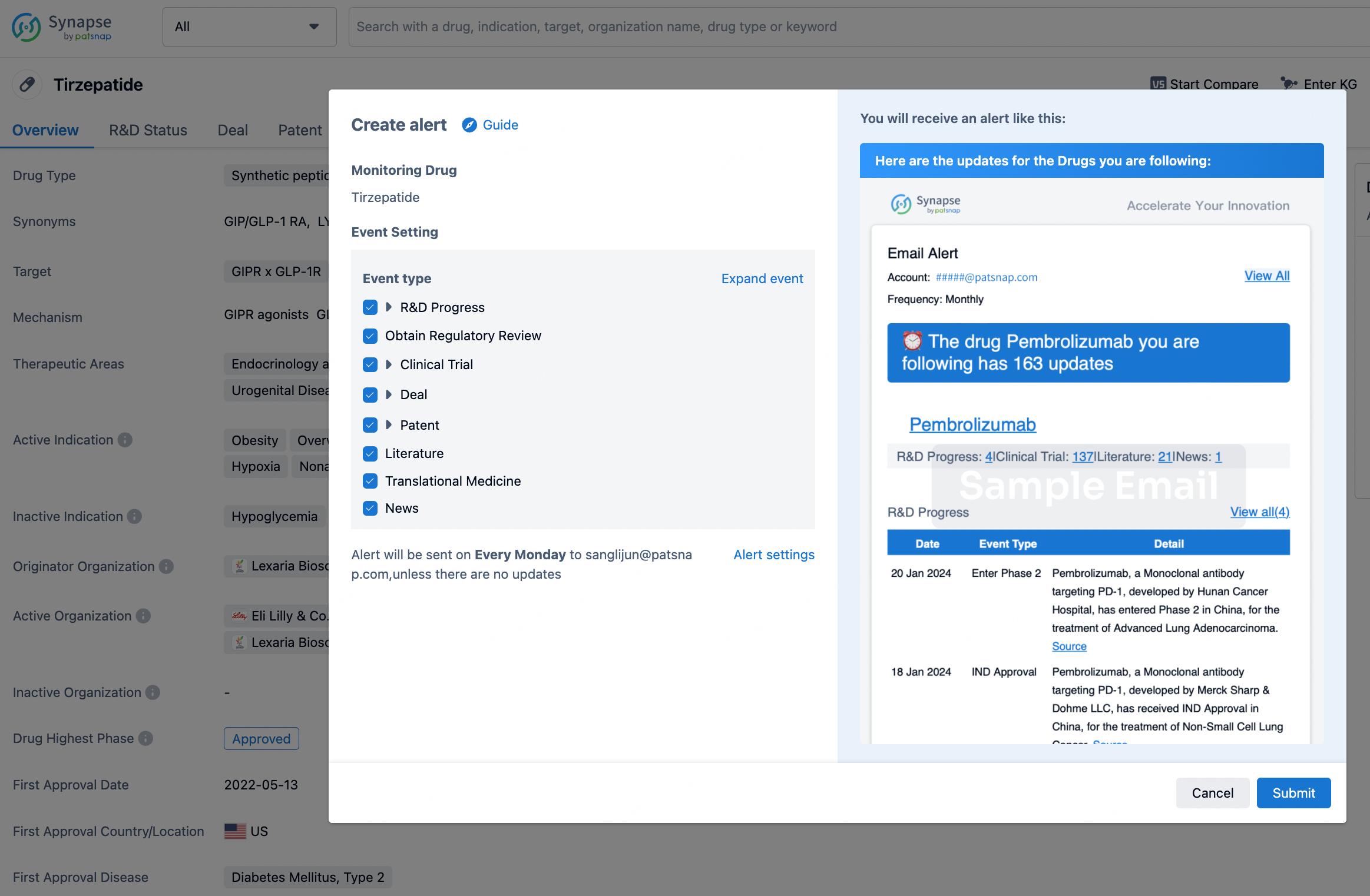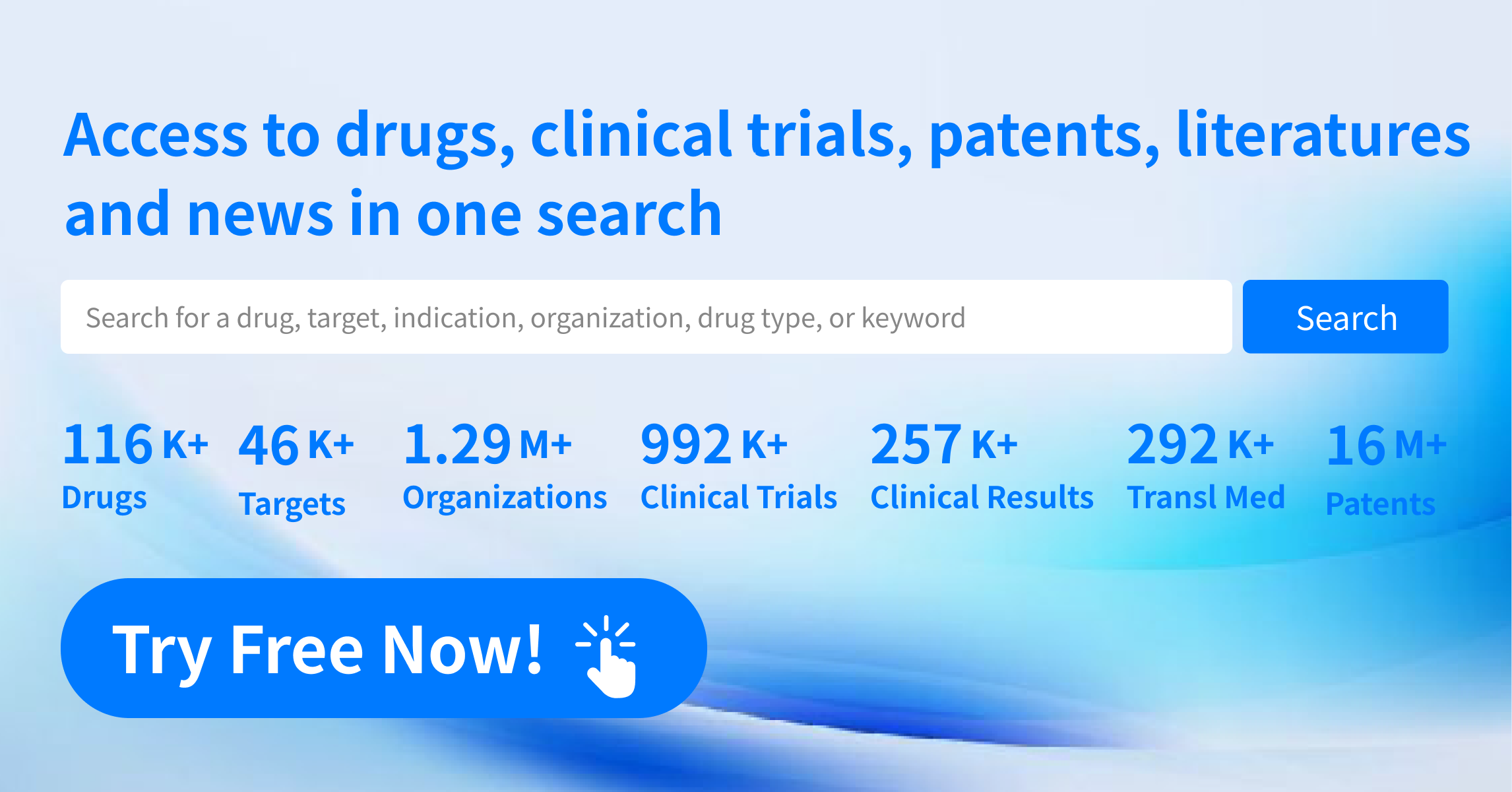Request Demo
What is the mechanism of Tymazoline Hydrochloride?
18 July 2024
Tymazoline Hydrochloride is a pharmaceutical compound commonly used as a nasal decongestant. It operates primarily through its action on the adrenergic receptors in the nasal mucosa. To understand the mechanism of Tymazoline Hydrochloride, it is essential to delve into its pharmacodynamics, pharmacokinetics, and the physiological effects it induces.
The primary action of Tymazoline Hydrochloride is its sympathomimetic effect, which means it mimics the action of the sympathetic nervous system. The sympathetic nervous system is responsible for the 'fight or flight' response and uses neurotransmitters such as norepinephrine and epinephrine. Tymazoline is structurally similar to these endogenous catecholamines and acts on the same receptors.
When Tymazoline Hydrochloride is administered, it predominantly targets alpha-adrenergic receptors, specifically the alpha-1 receptors located in the smooth muscle lining the blood vessels in the nasal passages. These receptors, when activated, induce vasoconstriction, which is the narrowing of blood vessels. The vasoconstriction of the blood vessels in the nasal mucosa leads to a reduction in blood flow and decreased swelling and congestion.
The reduction in blood flow and swelling in the nasal tissues helps to open up the nasal passages, making breathing easier. This decongestant effect is particularly beneficial in conditions such as the common cold, sinusitis, allergic rhinitis, and other forms of rhinitis, where nasal congestion is a prominent symptom.
Pharmacokinetically, Tymazoline Hydrochloride is typically administered via nasal sprays or drops, allowing for localized action with minimal systemic absorption. This localized delivery minimizes potential systemic side effects, making it a safer option for short-term relief of nasal congestion. The onset of action is usually rapid, providing quick relief from symptoms.
However, it is important to note that prolonged use of Tymazoline Hydrochloride can lead to a condition known as rhinitis medicamentosa, or rebound congestion. This condition is characterized by the worsening of nasal congestion due to the downregulation of alpha-adrenergic receptors following prolonged exposure to the decongestant. Therefore, it is generally recommended to use Tymazoline Hydrochloride for no more than three to five consecutive days to avoid this complication.
In conclusion, Tymazoline Hydrochloride exerts its decongestant effect through the activation of alpha-1 adrenergic receptors in the nasal mucosa, leading to vasoconstriction and reduced nasal blood flow. This action alleviates nasal congestion by decreasing the swelling of the nasal passages, allowing for easier breathing. However, caution should be exercised to avoid prolonged use, which can lead to rebound congestion. By understanding its mechanism, we can better appreciate its therapeutic benefits and limitations in managing nasal congestion.
The primary action of Tymazoline Hydrochloride is its sympathomimetic effect, which means it mimics the action of the sympathetic nervous system. The sympathetic nervous system is responsible for the 'fight or flight' response and uses neurotransmitters such as norepinephrine and epinephrine. Tymazoline is structurally similar to these endogenous catecholamines and acts on the same receptors.
When Tymazoline Hydrochloride is administered, it predominantly targets alpha-adrenergic receptors, specifically the alpha-1 receptors located in the smooth muscle lining the blood vessels in the nasal passages. These receptors, when activated, induce vasoconstriction, which is the narrowing of blood vessels. The vasoconstriction of the blood vessels in the nasal mucosa leads to a reduction in blood flow and decreased swelling and congestion.
The reduction in blood flow and swelling in the nasal tissues helps to open up the nasal passages, making breathing easier. This decongestant effect is particularly beneficial in conditions such as the common cold, sinusitis, allergic rhinitis, and other forms of rhinitis, where nasal congestion is a prominent symptom.
Pharmacokinetically, Tymazoline Hydrochloride is typically administered via nasal sprays or drops, allowing for localized action with minimal systemic absorption. This localized delivery minimizes potential systemic side effects, making it a safer option for short-term relief of nasal congestion. The onset of action is usually rapid, providing quick relief from symptoms.
However, it is important to note that prolonged use of Tymazoline Hydrochloride can lead to a condition known as rhinitis medicamentosa, or rebound congestion. This condition is characterized by the worsening of nasal congestion due to the downregulation of alpha-adrenergic receptors following prolonged exposure to the decongestant. Therefore, it is generally recommended to use Tymazoline Hydrochloride for no more than three to five consecutive days to avoid this complication.
In conclusion, Tymazoline Hydrochloride exerts its decongestant effect through the activation of alpha-1 adrenergic receptors in the nasal mucosa, leading to vasoconstriction and reduced nasal blood flow. This action alleviates nasal congestion by decreasing the swelling of the nasal passages, allowing for easier breathing. However, caution should be exercised to avoid prolonged use, which can lead to rebound congestion. By understanding its mechanism, we can better appreciate its therapeutic benefits and limitations in managing nasal congestion.
How to obtain the latest development progress of all drugs?
In the Synapse database, you can stay updated on the latest research and development advances of all drugs. This service is accessible anytime and anywhere, with updates available daily or weekly. Use the "Set Alert" function to stay informed. Click on the image below to embark on a brand new journey of drug discovery!
AI Agents Built for Biopharma Breakthroughs
Accelerate discovery. Empower decisions. Transform outcomes.
Get started for free today!
Accelerate Strategic R&D decision making with Synapse, PatSnap’s AI-powered Connected Innovation Intelligence Platform Built for Life Sciences Professionals.
Start your data trial now!
Synapse data is also accessible to external entities via APIs or data packages. Empower better decisions with the latest in pharmaceutical intelligence.


